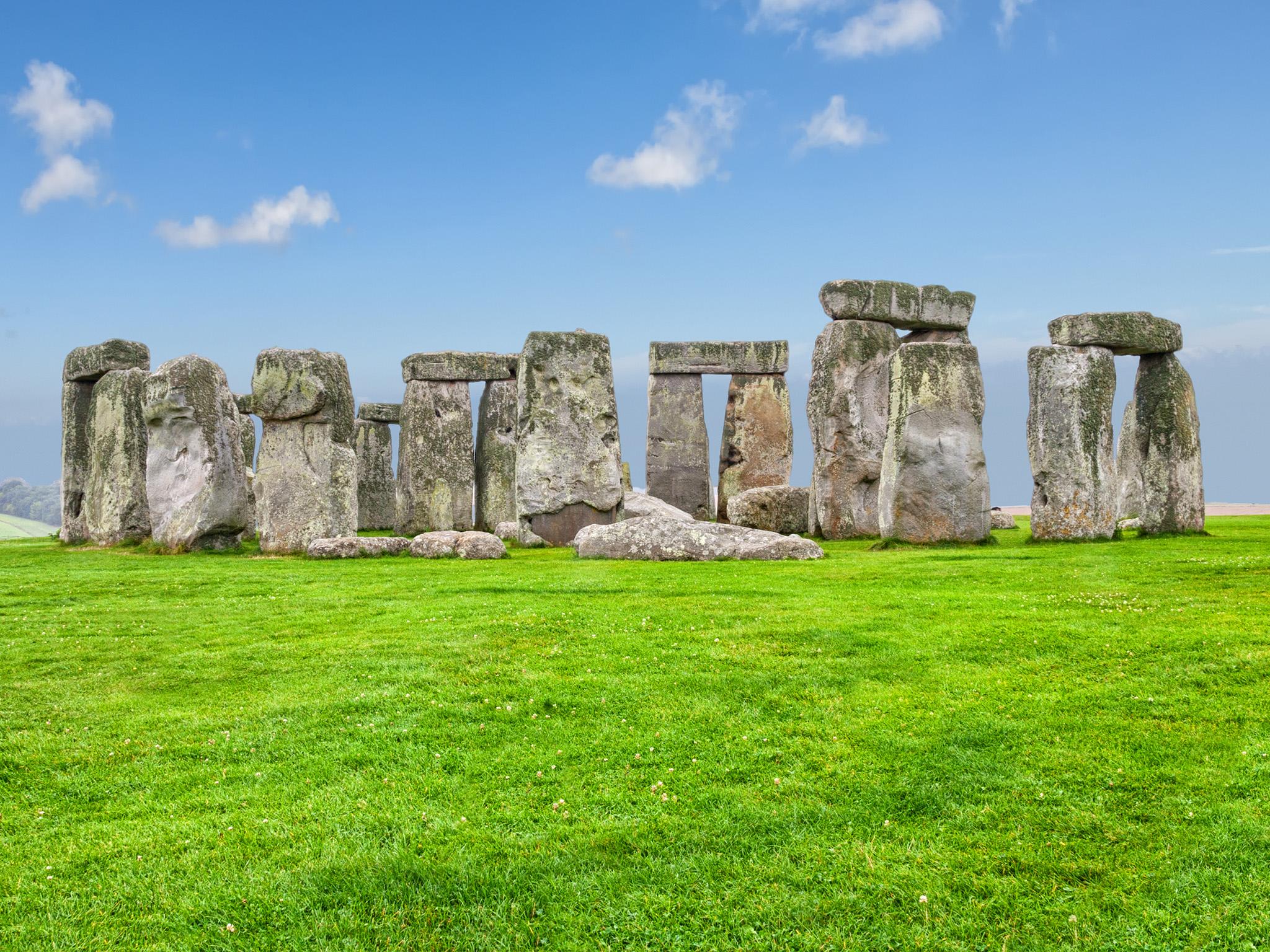Britons who built Stonehenge were product of ancient wave of migrant farmers, DNA reveals
Ancient skeletons reveal arrival of eastern Mediterranean population replaced hunter-gatherer population of British Isles

Your support helps us to tell the story
From reproductive rights to climate change to Big Tech, The Independent is on the ground when the story is developing. Whether it's investigating the financials of Elon Musk's pro-Trump PAC or producing our latest documentary, 'The A Word', which shines a light on the American women fighting for reproductive rights, we know how important it is to parse out the facts from the messaging.
At such a critical moment in US history, we need reporters on the ground. Your donation allows us to keep sending journalists to speak to both sides of the story.
The Independent is trusted by Americans across the entire political spectrum. And unlike many other quality news outlets, we choose not to lock Americans out of our reporting and analysis with paywalls. We believe quality journalism should be available to everyone, paid for by those who can afford it.
Your support makes all the difference.The ancestors of the Britons who built Stonehenge were farmers who had travelled from an area near modern Turkey, arriving around 4000BC, and who rapidly replaced local hunter-gatherer populations, according to new research.
Scientists investigating the origins of farming in Britain have said they have found overwhelming support for agriculture being introduced to Britain by a surge of continental migrants from Anatolia, bringing farming techniques, pottery and new religious cultures and beliefs.
The team examined DNA from 47 Neolithic farmer skeletons dating from 6,000 to 4,500 years ago and six Mesolithic hunter-gatherer skeletons from the preceding period, around 11,600 – 6,000 years ago.
From the DNA analysis the researchers were able to reveal that most of the hunter-gatherer population of Britain were replaced by those carrying ancestry originating on the Aegean coast of modern Turkey.
Natural History Museum postdoctoral researcher Dr Tom Booth said: “We looked at the genetic ancestry of human remains from both before and after 6,000 years ago – so some dating to the Mesolithic and some to the Neolithic – to see if we can characterise any changes.
“As soon as these Neolithic cultures start to arrive, we see a big change in the ancestry of the British population. It looks like the development of farming and these Neolithic cultures was mainly driven by the migration of people from mainland Europe.”
Professor Ian Barnes, ancient DNA expert at the Natural History Museum and co-author of the study, said: “Because continental farmer populations had mixed to some extent with local hunter-gatherers as they expanded along both the Mediterranean and Rhine-Danube corridors, as well as later, we expected to see some mixing in Britain as well.”
But this was not the case.
“Unlike other European Neolithic populations, we detect no resurgence of hunter-gatherer ancestry at any time during the Neolithic in Britain,” the authors said.
Dr Booth said despite the findings, the DNA analysis doesn’t necessarily give the full picture, particularly as numbers of hunter-gatherer individuals in Britain may have been relatively small compared to incoming European farmers.
He said: “The best explanation now is that the hunter-gatherer Mesolithic population of Britain just wasn’t very high. So the newly arrived farmers could have mixed entirely with the native population but because this was quite small, the hunter-gatherers left little genetic legacy overall.”
Professor Mark Thomas from UCL, an author of the study, added: “The transition to farming marks one of the most important technological innovations in human evolution. It first appeared in Britain around 6000 years ago. Prior to that people survived by hunting, fishing and gathering. For over 100 years archaeologists have debated if it was brought to Britain by immigrant continental farmers, or if was adopted by local hunter-gatherers.
“Our study strongly supports the view that immigrant farmers introduced agriculture into Britain and largely replaced the indigenous hunter-gatherers populations.”
The research team used DNA taken from inside the tiny ear bones of the remains of a Mesolithic man found in Cheddar Gorge in Somerset, known as Cheddar Man. The skeleton is about 9,000 years old, making it the oldest near-complete human skeleton found in Britain.
Dr Selina Brace, ancient DNA researcher at the Natural History Museum and lead author of the study said despite earlier doubts, said Cheddar Man was continuing to provide exciting scientific information.
She said: “After extracting DNA from Cheddar Man’s inner ear bone, we were delighted at the preservation of his DNA. It’s likely that the cool dry burial conditions in Gough’s Cave were a key factor in keeping his DNA preserved.”
Stonehenge was built around 3000BC, meaning the genetic identity of the Britons responsible was mostly descended from the influx of Mediterranean farmers who began arriving 6,000 years ago.
Last year it was revealed some of the cremated remains of neolithic people found buried close to the site had come from west Wales, close to where the stone used in the structure was quarried. Others had reportedly lived more locally, in Wiltshire.
Join our commenting forum
Join thought-provoking conversations, follow other Independent readers and see their replies
Comments